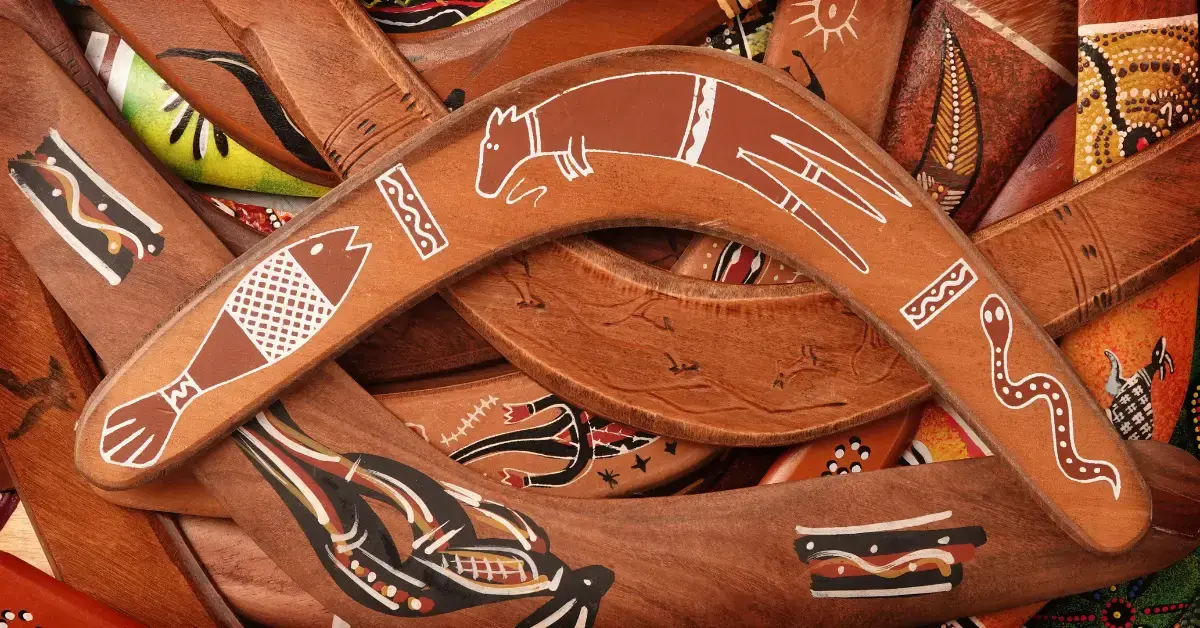Our Behaviour Support Practitioner Tabitha McLean demonstrates exceptional dedication to cultural sensitivity and inclusion, actively engaging with Aboriginal communities through continuous learning and reflective practice.
As a non-Aboriginal Australian working with Aboriginal people, I consider myself fortunate to have the opportunity to collaborate with the elders and people within the community. I had never experienced such a sense of family and acceptance before starting work within the Aboriginal groups of South Australia. It is a privilege to be welcomed into their space and as a visitor see things from their perspective. I acknowledge I will frequently need to check in with community, as there will always remain a gulf in my understanding of the complexities these communities face.

As I engaged with colleagues and clients, I realised that my formal education had barely scratched the surface regarding cultural safety, acceptance and understanding. I adopted a mindset of continuous learning, engaging in conversations whilst remaining open to recognising and overcoming my own unconscious biases. As I engaged in actively listening and reflecting on my interactions with others, I worked through the challenges in my biases to broaden my understanding and maintaining an open mind. This meant I worked towards a more inclusive and empathetic approach in both my personal and professional relationships.

In my work, I focused on establishing strong relationships with each client. Building rapport through showing interest in Aboriginal clients and their families as well as their culture is crucial for creating trust and providing appropriate support. Trust is the foundation for any meaningful work to begin and must be continuously worked upon to maintain.
The concept of “Dadirri,” or active listening, emphasises respecting the person talking and listening fully without interrupting. When engaging in conversation, it is crucial to recognise that English may be a second language for many traditional Aboriginal people. Consequently, conversations should be approached with care to prevent potential misunderstandings. Due to the historical lack of access to Westernized education and/or systemic failures, proficiency in reading and writing may be limited. To minimise misinterpretation, it is advised to speak clearly and concisely, actively listen and engage in the conversation, and be mindful that their accent may be pronounced. I’ve found that adopting some of these learnings has helped to improve my interactions with Aboriginal people, which has also improved my ability to deliver better outcomes with them.

